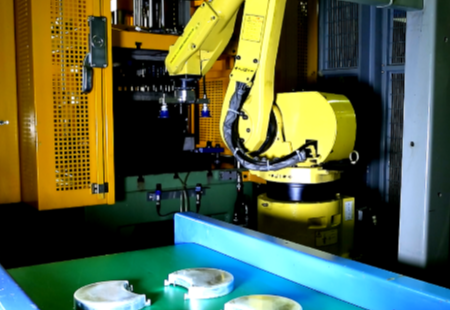The Role of Tech in Disaster Management and Emergency Response

Technology significantly reshapes disaster management and emergency response. It enhances communication and facilitates real-time information sharing among stakeholders. Predictive analytics and early warning systems allow for proactive measures, while innovative tools support on-the-ground logistics. Moreover, empowering communities with technology fosters resilience. Understanding these components is crucial for evaluating the overall effectiveness of response strategies and their implications for future preparedness efforts. What specific technologies have proven most impactful in recent emergencies?
Enhancing Communication and Information Sharing
Effective communication serves as the backbone of disaster management, facilitating timely and accurate information sharing among stakeholders.
The integration of technology enables real-time updates, with QR codes providing quick access to critical information and ensuring that all parties are informed as situations evolve.
Furthermore, crisis mapping tools enhance situational awareness by visualizing data, allowing for strategic decision-making.
Such advancements empower communities to respond effectively, fostering resilience in the face of adversity.
Predictive Analytics and Early Warning Systems
The integration of technology in disaster management extends beyond communication to encompass predictive analytics and early warning systems, which play a pivotal role in mitigating the impacts of disasters.
Through predictive modeling, these systems enhance risk assessment by analyzing historical data and patterns, enabling authorities to anticipate events and allocate resources effectively.
This proactive approach empowers communities, fostering resilience and reducing vulnerability to unforeseen crises.
Innovative Tools for On-the-Ground Response
While traditional methods of disaster response often rely on manual processes, innovative tools are revolutionizing on-the-ground efforts during crises.
Drones deployment allows for real-time aerial assessments, enhancing situational awareness and resource allocation. Meanwhile, mobile applications facilitate communication and coordination among responders, ensuring timely updates and efficient logistics.
These advancements empower teams to act swiftly, ultimately improving outcomes in emergency situations.
Read more: How Technology Is Helping Solve the Problem of Food Insecurity
Empowering Communities Through Technology
Innovative tools not only enhance the capabilities of emergency responders but also play a significant role in empowering communities affected by disasters.
Conclusion
In an era where disasters are increasingly complex, technology emerges as both a shield and a compass, guiding us through uncertainty. By enhancing communication, enabling predictive analytics, and equipping communities with innovative tools, it fosters resilience against calamities. Ultimately, the integration of technology in disaster management not only improves immediate response efforts but also cultivates a proactive culture of preparedness, ensuring that society is not just surviving, but thriving in the face of adversity.



